TPO – The Vietnam Railway Authority has just proposed that the Ministry of Transport review and approve the planning of the Lao Cai – Hanoi – Hai Phong – Quang Ninh railway route, with a total capital requirement of more than VND179,000 billion.
The Lao Cai – Hanoi – Hai Phong – Quang Ninh railway line starts at Lao Cai Station (from the point of connection with the Chinese railway) and ends at Ha Long Station (part of the Kep – Ha Long railway line). The total length of the line is about 427km, including 41 stations on the line.
The route passes through 10 provinces and cities: Lao Cai, Yen Bai, Phu Tho, Vinh Phuc, Hanoi, Bac Ninh , Hung Yen, Hai Duong, Hai Phong and Quang Ninh.
The planning consultancy consortium is TRICC – TEDI, which divides the Lao Cai – Hanoi – Hai Phong – Quang Ninh railway line into 2 main lines and 2 branch lines.
The main route from Lao Cai – South Hai Phong – Lach Huyen port is more than 391 km long. The main route from South Hai Phong – Cai Lan is 50.5 km long. Meanwhile, the branch route from South Hai Phong – Nam Do Son port is 12.6 km long; the branch route from South Dinh Vu – Dinh Vu is 7.4 km long.
According to the Vietnam Railway Authority, the entire route will have 56 large bridges with a total length of 47.5 km, crossing the Red, Lo, and Bach Dang rivers and the Hanoi-Lao Cai, Hanoi-Hai Phong, Hai Phong-Quang Ninh expressways, national highways and some provincial roads, with 11 tunnels.
The entire route will have 10 stations serving both passengers and cargo including Yen Bai, Phu Tho, Viet Tri, Vinh Phuc, Vinh Yen, Tam Hop, Bac Hong, Dong Anh, Lac Dao, Hai Duong, the rest will be for cargo or passenger trains only. 5 stations are located at Lach Huyen, Nam Do Son, Nam Dinh Vu, Dinh Vu seaports.
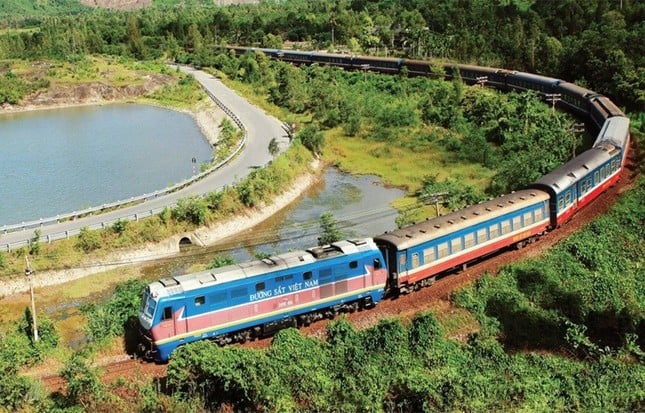 |
The total estimated capital demand for the Lao Cai – Hanoi – Hai Phong – Quang Ninh railway is more than 179,000 billion VND. |
The total estimated capital requirement for the Lao Cai – Hanoi – Hai Phong – Quang Ninh railway is over VND179,000 billion. Of which, the cost of site clearance is VND23,448 billion. The cost of construction and equipment is VND107,260 billion. The remaining cost is consulting, project management and contingency costs.
According to calculations by the planning consulting consortium TRICC – TEDI, the transport demand for the Lao Cai – Hanoi – Hai Phong – Quang Ninh railway network in 2030 is expected to be 12.7 million tons of goods and 4.6 million passengers. In 2040, it is expected to be 14.9 million tons of goods and 6.2 million passengers. In 2050, it is expected to be 17.4 million tons of goods and 8.3 million passengers.
The objective of the above railway planning is to improve the transport capacity of the Lao Cai - Hanoi - Hai Phong - Quang Ninh railway to meet the demand for railway transport and ensure maximum exploitation of the capacity of the route; connect the national railway with seaports, concentrated industrial zones, and tourist areas, in order to promote the efficiency of railway transport, meet the cause of industrialization and modernization of the country.
This is also the main route connecting economic zones and industrial parks, large seaports, located in Vietnam's Two Corridors One Belt Strategy (Kunming - Lao Cai - Hanoi - Hai Phong - Quang Ninh economic corridor; Nanning - Lang Son - Hanoi - Hai Phong - Quang Ninh), within the framework of the China - ASEAN Free Trade Cooperation Framework.
Regarding the project progress, the consultant recommends that the Lao Cai – Hanoi – Hai Phong section be invested in by 2030. The Hai Phong – Quang Ninh section will be studied and implemented after 2030 along with the investment roadmap of the Nam Dinh – Thai Binh – Hai Phong – Quang Ninh coastal railway.









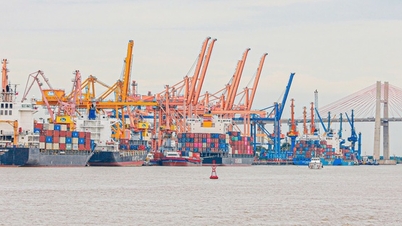


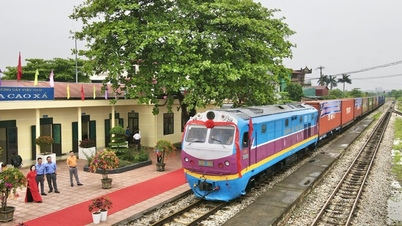
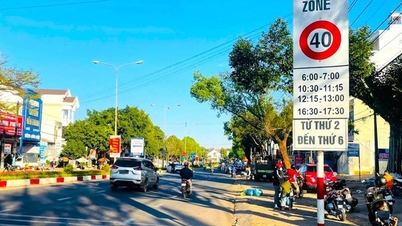
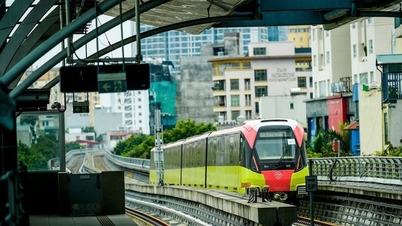



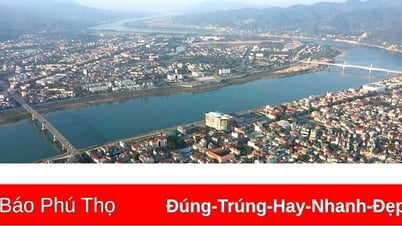














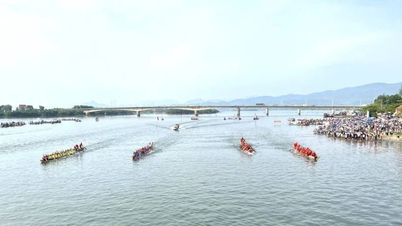
































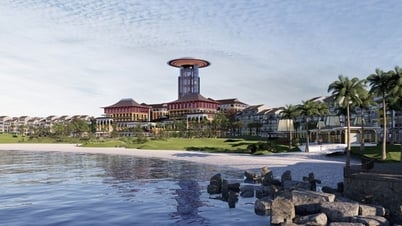

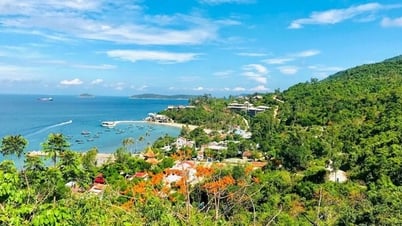

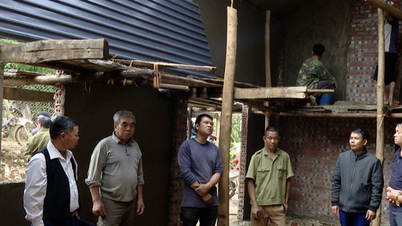









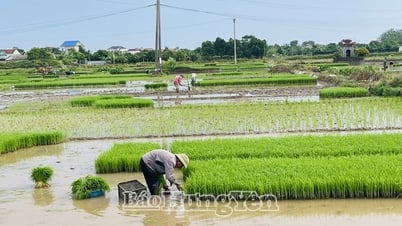















Comment (0)